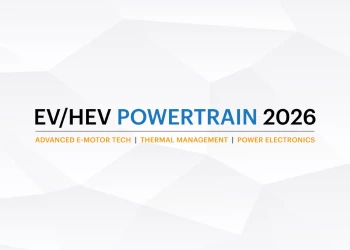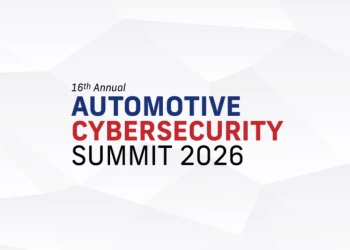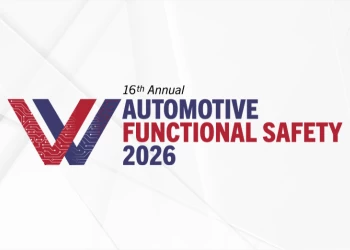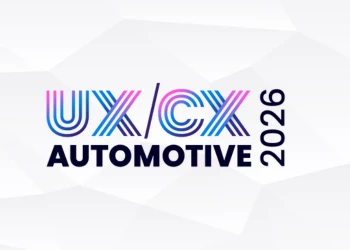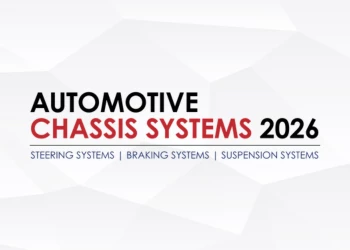Ford Motor, USA: "PM sensors are biggest item for Euro 6/VI programs"
Add bookmark
IQPC: Euro 6/VI is being introduced right now. How does this affect your daily work?
Ford Motor Company has many products in global markets that are required to meet Euro 6/VI requirements. We are working as a global team to blend the best practices and technologies from our Euro 5/V and US OBD-II programs to develop the best Euro 6/VI implementation plans.
IQPC: Compliance with OBD regulations is a key driver for technical innovation. Which solutions are on the horizon today?
The biggest item we see for Euro 6/VI programs will be Particulate Matter (PM) sensors for DPF leakage monitor. The global automotive industry will be implementing these sensors in large numbers over the coming years. Sensor durability and algorithm robustness will be key to having an overall cost efficient solution.
IQPC: Where do you see room to improve both reliability and cost-efficiency of OBD systems?
Diesel OBD has seen a large increase in new sensors and aftertreatment hardware over the past several years. As these products mature through their life cycle, the various components need to improve in reliability and total cost. As these products are launching into large volume production, warranty expenditures are as much of a concern, if not more than, individual piece cost.
IQPC: What experience do you have working with open standards?
We are fortunate to work with many aspects of powertrain engineering that are tied closely to Society of Automotive Engineers (SAE) standards. These open standards help suppliers, OEMs, university researchers, and government agencies work closely and efficiently to develop optimal solutions. Costs, risks, and efforts increase whenever we work on aspects without open standards.
IQPC: Which of today’s trends and developments will shape the future of automotive diagnosis? What will diagnostic systems look like in five years?
The global trends of lower emission standards & more stringent OBD requirements, along with advanced engine and aftertreatment technologies, will drive significant increases in the powertrain engineering resources required to meet certification requirements. Diagnostic systems 5 years from now will need to be more comprehensive than those of today and will need to leverage more mature/robust/reliable hardware systems.
Thank you very much for this interview!

